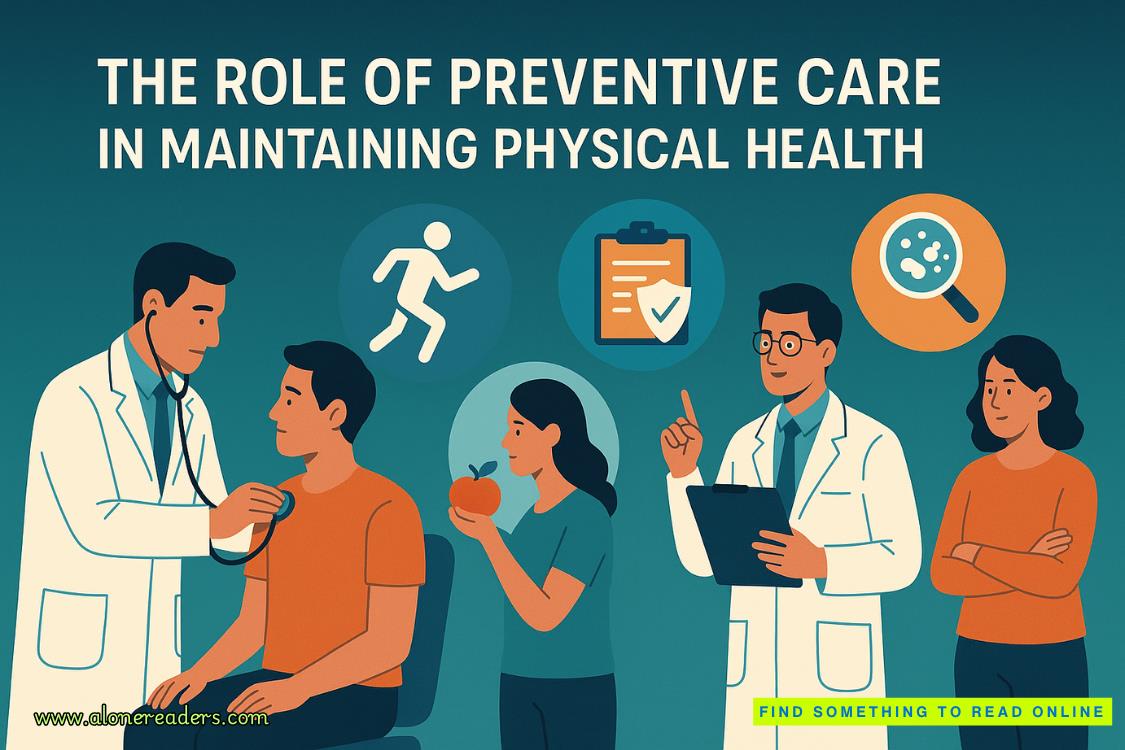Page 43 of Alien Attachment
“Yeah, well, the feeling’s mutual,” she replies, checking her sidearm with practiced ease. The weapon looks almost delicate in her hands, but I’ve seen her accuracy under pressure. I’ve felt her steady pulse, her controlled breathing, the calm calculation that transforms her from gentle lover to lethal marksman in heartbeats. “Think you can cause some electronic mayhem without turning into a walking weapon of mass destruction?”
“I contain multitudes,” I inform her, which makes her lips twitch in what might be amusement under less dire circumstances.
“Save the poetry for when we’re not about to die,” she says, though I feel her approval through our bond—warm satisfaction that I’m learning human literary references, pride in my growing cultural awareness. “What kind of chaos are we talking about?”
I extend sensory tendrils toward the dome’s perimeter, interfacing with both the ancient alien technology and the modern ApexCorp equipment beyond. The contrast is fascinating—one organic and intuitive, flowing with natural rhythms that match my own bioelectric patterns, the other rigid and mechanical, demanding precise inputs and offering limited responses. Both respond to my touch, though in vastly different ways.
The dome’s systems welcome me like an old friend, sharing their capabilities with generous enthusiasm. Ancient defensive protocols unfold in my consciousness—methods of protectiondeveloped by beings who valued life, who understood that sometimes the innocent need shelter from those who would harm them.
ApexCorp’s equipment, by contrast, resists my intrusion with automated security measures, firewalls, and encryption barriers. But I was created by their predecessors, designed to interface with their technology. Their defenses recognize my access codes even as they struggle to contain my increasingly independent consciousness.
“I can overload their containment field generators,” I explain, simultaneously accessing their communication network and mapping their tactical formation with growing satisfaction. “Create electromagnetic pulse bursts, disable targeting systems, introduce false readings into their sensors. Their cybernetic scouts’ optical implants are vulnerable to carefully modulated feedback loops.”
“Can you make their equipment think we’re somewhere we’re not?”
“Trivial,” I confirm, already implementing ghost protocols that will scatter false heat signatures throughout the cavern network. Phantom targets bloom across their sensors—dozens of them, moving in impossible patterns, leading their automated systems in electronic circles. “I can also induce temporary blindness in their cybernetic scouts, though the discomfort may be... significant.”
Kaylee’s grin is fierce and beautiful, the expression transforming her face from merely attractive to absolutely radiant. The way her eyes light up with anticipation, the slight curve of her lips that promises violence for our enemies and safety for us—it’s a look that sends heat racing through my bond-lines and makes me want to claim her mouth with mine until she makes those soft sounds of surrender I’m growing addicted to.
“Do it,” she commands, and the pleasure I take in following her orders is both programmed and chosen, a distinction that matters more to me now than ever before.
I was created to serve, but I choose to serve her—my partner, my equal, my radiant, dangerous human who sees me as more than the sum of my design specifications.
I begin with their communication array, introducing subtle static that will degrade coordination without triggering immediate alarm protocols. Next, their targeting systems receive false calibration data that will ensure their first shots miss by significant margins—not enough to indicate sabotage immediately, but sufficient to create confusion and doubt. The cybernetic scouts’ optical implants receive carefully modulated feedback that temporarily overwhelms their enhanced vision without causing permanent damage.
I am becoming more selective about inflicting harm, a change Kaylee has influenced. Where once I might have simply destroyed their equipment or rendered them unconscious, now I calculate precise levels of interference—enough to protect us, not enough to cause lasting injury to beings who are, ultimately, merely following orders they believe to be legitimate.
“Showtime,” she whispers as the dome’s walls begin to shimmer under external pressure.
The first containment field generator overloads with a satisfying crack of electrical discharge. Shouts of confusion echo from outside as backup systems struggle to compensate, their neat tactical formation beginning to fray as equipment failures cascade through their network. I pulse electromagnetic interference through their communications while simultaneously accessing the dome’s defensive capabilities, marveling at the elegant integration of technology and biology.
What happens next is... unexpected.
The ancient structure responds to my touch not with cold compliance, but with something approaching enthusiasm. Suddenly I am connected not just to its systems, but to its purpose—this was a place of healing, of sanctuary, of protection for those who needed refuge. The dome recognizes our need and offers its aid willingly, eagerly, as if it has been waiting eons for the opportunity to fulfill its original function.
Glass walls that were merely translucent moments before become mirrors, reflecting the thermal signatures of our attackers back at their own sensors in an ever-shifting kaleidoscope of false readings. The natural acoustics shift, amplifying certain frequencies while dampening others until effective communication becomes impossible—their shouts echo and distort, turning coordination attempts into cacophonous confusion.
Most remarkably, the dome extends its defensive field outward, creating a corridor of protection toward the crashed vessel. Energy discharges that should reach us instead splash harmlessly against an invisible barrier, leaving sparkling traces in the air like aurora made solid.
“Well, that’s new,” Kaylee breathes, feeling my amazement through our bond—wonder and gratitude mixing with tactical satisfaction.
“The structure is... assisting us,” I explain, still marveling at the sensation of cooperative rather than commanded technology. “It appears to approve of our partnership.”
“Ancient alien wingman,” she says with that dry humor I find increasingly attractive. “I’ll take it.”
We move together through the protected corridor, her body pressed close to mine as energy discharges crackle overhead like deadly fireworks. The proximity is maddening—I can smell her scent, that unique combination of human chemistry and subtle arousal that makes my tendrils want to wrap around her andnever let go. Feel the heat of her skin through the thin fabric of her jacket. Sense her pulse quickening not just with adrenaline but with awareness of our contact, the way her breathing deepens when my arm tightens around her waist.
Even running for our lives, she affects me with devastating efficiency. The press of her hip against mine as we move. The way her hair brushes against my throat when she turns to check our six. The trust implicit in how she moves with me, matching my stride, letting me guide our path while she covers our flanks.
“Focus, tentacles,” she whispers against my ear, her breath warm against sensitive skin, and the sensation nearly causes me to falter mid-step.
“You are... distracting,” I admit, wrapping a protective tendril around her waist as projectiles spark off the dome’s extended shielding. The appendage settles against the curve of her hip with perhaps more familiarity than strictly necessary for combat purposes.
“Good,” she replies with a breathless laugh that does nothing to improve my concentration. “Try not to get us killed while you’re being distracted.”
Her hand finds mine as we run, fingers interlacing with automatic ease. The simple contact sends warmth racing through my bond-lines, a reminder that we are more than allies now, more than convenience. We are chosen, partners in every sense that matters.
The escape pod sits amid the wreckage like a metal egg, its systems still functional despite the vessel’s extensive damage. I interface with its basic computer while Kaylee performs a rapid inspection of its life support systems, her movements economical and professional despite the chaos erupting around our protective corridor.















